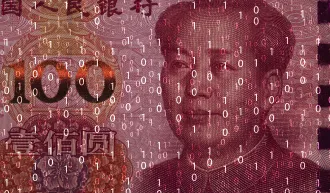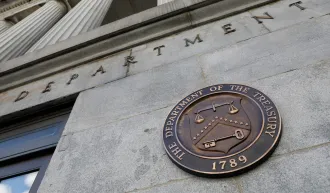Supply Chain Strategies for Sustainable Companies
Companies can make money being socially responsible and environmentally friendly ways, says Professor Hau Lee. It just takes the Triple-A approach.
April 01, 2008
Companies can make money while operating in socially responsible and environmentally friendly ways. It just takes what supply chain expert Hau Lee calls the Triple-A approach — having agility, adaptability, and alignment.
Lee, the Thoma Professor of Operations, Information, and Technology at the Stanford Graduate School of Business, described how small to mid-sized companies in China, India, and Israel boosted profits while shrinking waste and pollution and providing a fair workplace for employees.
Lee’s keynote capped the conference Socially and Environmentally Responsible Supply Chains sponsored by Global Supply Chain Management Forum. The April 22 program drew 260 participants to the Business School from foundations, technology firms, think tanks, retail companies, and consumer product makers.
Rather than focus on troubled companies experiencing a manufacturing crisis, such as the recalls of Chinese-made Mattel toys contaminated by lead paint, Lee rolled out some success stories. “We are talking about supply chains which share risks, gains, and costs, and have a partnership mentality, as opposed to [strictly] a transactional relationship,” Lee said.
He described an irrigation-system producer from Israel that made complex technology available to poor farmers, a business helping small farmers and their middlemen in India get higher prices for crops, and a garment maker in China practicing sustainable manufacturing. “They are small to medium-sized companies,” said Lee, “yet each in its own right has done something special.” Israel-based Netafim makes irrigation systems that deliver water and fertilizer to crops — an increasingly important function as water grows scarce in many parts of the world. Netafim’s equipment uses sensor-driven valves that drip precisely the amount of water needed to get an optimum yield based on the soil condition, weather, and the crops being grown.
In developed nations, well-educated farmers have little trouble using the technology. Not so in markets like India, Afghanistan, and Africa. “They are poor farmers and are often illiterate. Give them the equipment and they don’t even know how to operate it,” Lee said.
Netafim found it too expensive and inconvenient to send its engineers to often-remote farms. Instead, the company developed a system to transmit crop and moisture information with wireless technology from the farms to engineers back at base stations, who then monitored and customized the process. “You need to have a service mentality,” said Lee.
He cited Chinese garment-maker Esquel as a firm interested in sustainability. The firm processes and treats water from the dyeing process and recycles it in a company-run organic fruit orchard. Esquel also provides microloans to small farmers during the three-year transition period required to go from conventional to organic farming, and has built schools at their factories and farms for employees’ children.
India’s ITC Ltd. aims to solve logistical problems faced by small farmers who must make a multiday journey to get their soybean harvest to market. If rain doesn’t ruin their harvest during the trip to the closest trading town, competition from neighboring farmers may have driven prices down. Getting advance information would solve those problems, ITC determined.
So the company equipped village elders with computers and internet access so they could pass along information to farmers in their region about world crop prices and demand. Acting as a middleman, ITC also enables buyers to purchase crops online, so harvests need travel only from the farm to the purchaser. Today, 3.5 million small farmers receive information from village elders via ITC, which also arranges for farmers to have fertilizer, seeds, and other goods delivered when the firm picks up the crops.
Returning to his Triple-A list, Lee said: “Restructuring the information flow is agility. Adapting it based on different geographies is the adaptability side. Alignment is making sure it is win-win.”
For media inquiries, visit the Newsroom.
Explore More

Restore — Don’t Reshore — Supply Chains

Sustainable Supply Chains Helped Companies Endure the Pandemic



